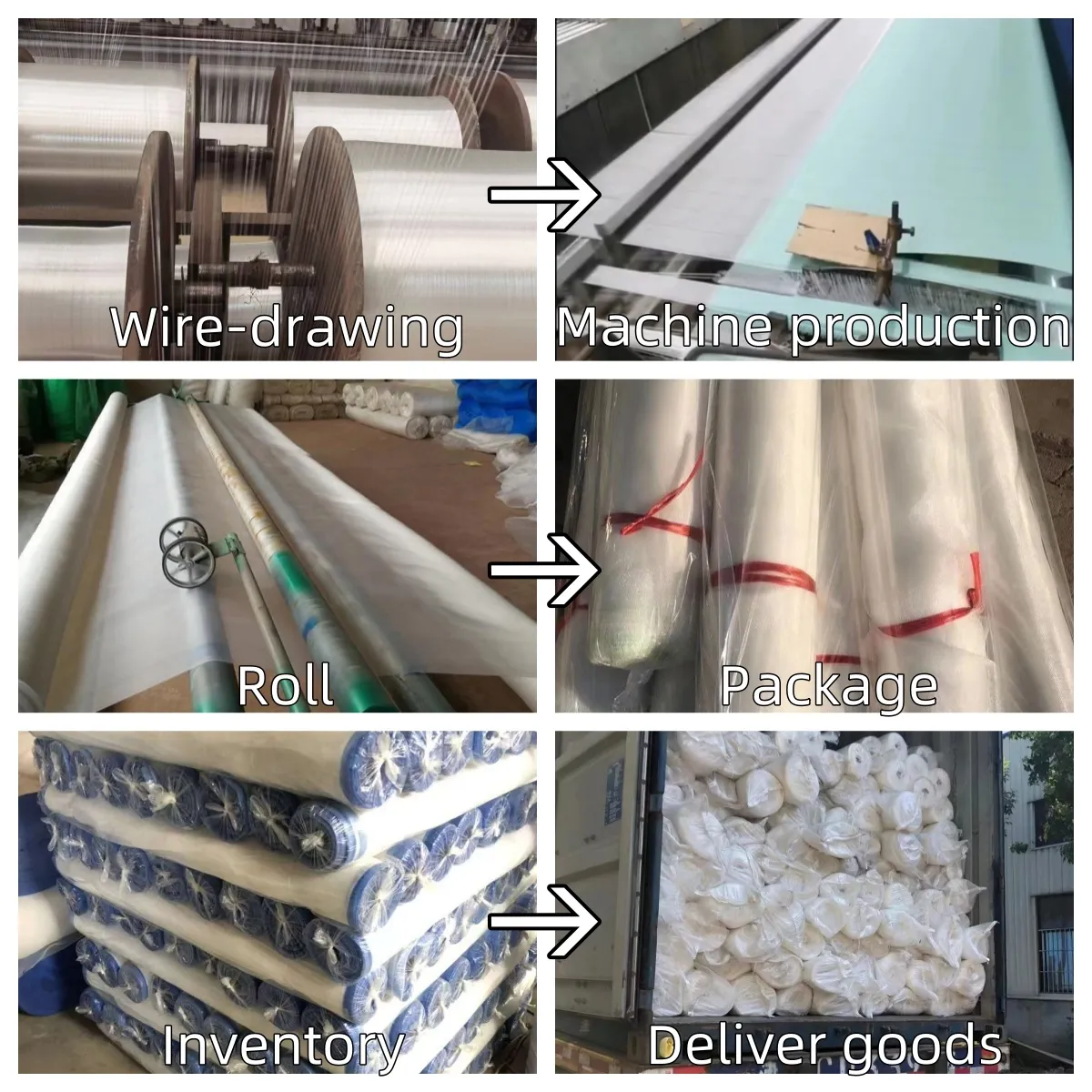-
 Afrikaans
Afrikaans -
 Albanian
Albanian -
 Amharic
Amharic -
 Arabic
Arabic -
 Armenian
Armenian -
 Azerbaijani
Azerbaijani -
 Basque
Basque -
 Belarusian
Belarusian -
 Bengali
Bengali -
 Bosnian
Bosnian -
 Bulgarian
Bulgarian -
 Catalan
Catalan -
 Cebuano
Cebuano -
 China
China -
 Corsican
Corsican -
 Croatian
Croatian -
 Czech
Czech -
 Danish
Danish -
 Dutch
Dutch -
 English
English -
 Esperanto
Esperanto -
 Estonian
Estonian -
 Finnish
Finnish -
 French
French -
 Frisian
Frisian -
 Galician
Galician -
 Georgian
Georgian -
 German
German -
 Greek
Greek -
 Gujarati
Gujarati -
 Haitian Creole
Haitian Creole -
 hausa
hausa -
 hawaiian
hawaiian -
 Hebrew
Hebrew -
 Hindi
Hindi -
 Miao
Miao -
 Hungarian
Hungarian -
 Icelandic
Icelandic -
 igbo
igbo -
 Indonesian
Indonesian -
 irish
irish -
 Italian
Italian -
 Japanese
Japanese -
 Javanese
Javanese -
 Kannada
Kannada -
 kazakh
kazakh -
 Khmer
Khmer -
 Rwandese
Rwandese -
 Korean
Korean -
 Kurdish
Kurdish -
 Kyrgyz
Kyrgyz -
 Lao
Lao -
 Latin
Latin -
 Latvian
Latvian -
 Lithuanian
Lithuanian -
 Luxembourgish
Luxembourgish -
 Macedonian
Macedonian -
 Malgashi
Malgashi -
 Malay
Malay -
 Malayalam
Malayalam -
 Maltese
Maltese -
 Maori
Maori -
 Marathi
Marathi -
 Mongolian
Mongolian -
 Myanmar
Myanmar -
 Nepali
Nepali -
 Norwegian
Norwegian -
 Norwegian
Norwegian -
 Occitan
Occitan -
 Pashto
Pashto -
 Persian
Persian -
 Polish
Polish -
 Portuguese
Portuguese -
 Punjabi
Punjabi -
 Romanian
Romanian -
 Russian
Russian -
 Samoan
Samoan -
 Scottish Gaelic
Scottish Gaelic -
 Serbian
Serbian -
 Sesotho
Sesotho -
 Shona
Shona -
 Sindhi
Sindhi -
 Sinhala
Sinhala -
 Slovak
Slovak -
 Slovenian
Slovenian -
 Somali
Somali -
 Spanish
Spanish -
 Sundanese
Sundanese -
 Swahili
Swahili -
 Swedish
Swedish -
 Tagalog
Tagalog -
 Tajik
Tajik -
 Tamil
Tamil -
 Tatar
Tatar -
 Telugu
Telugu -
 Thai
Thai -
 Turkish
Turkish -
 Turkmen
Turkmen -
 Ukrainian
Ukrainian -
 Urdu
Urdu -
 Uighur
Uighur -
 Uzbek
Uzbek -
 Vietnamese
Vietnamese -
 Welsh
Welsh -
 Bantu
Bantu -
 Yiddish
Yiddish -
 Yoruba
Yoruba -
 Zulu
Zulu
Creating an Optimal Insect Habitat Using Cage Mesh for Effective Observation and Care
The Importance and Benefits of Insect Cage Mesh
In the world of entomology and horticulture, the importance of insect cage mesh cannot be overstated. This specialized material is essential for creating environments that promote the study, breeding, and observation of various insect species, as well as for protecting crops from potential pests. In this article, we will explore the characteristics, applications, and benefits of insect cage mesh.
What is Insect Cage Mesh?
Insect cage mesh is a type of netting made from materials such as nylon, polyester, or polyethylene. It is designed with fine openings to prevent insects from escaping while allowing air circulation and light penetration. The mesh can be constructed in various sizes and shapes, making it versatile for different applications. Its primary function is to provide a controlled environment that is safe for insects, while also ensuring that external pests or larger animals cannot interfere.
Applications in Entomology
For researchers and entomologists, insect cage mesh is an invaluable tool. It allows scientists to create enclosures for studying insect behavior, reproduction, and life cycles under controlled conditions. These cages can be utilized for various experiments, from observing the mating habits of butterflies to studying the pollination behavior of bees. By providing a protective and controlled habitat, researchers can gain critical insights into the ecology and biology of insects, which can be crucial for conservation efforts and pest management strategies.
Horticultural Uses
In the realm of horticulture, insect cage mesh serves as a protective barrier for crops. Gardeners and farmers increasingly recognize the importance of using mesh to shield their plants from harmful pests such as aphids, beetles, and caterpillars. By covering seedlings and mature plants with insect cage mesh, growers can create a microenvironment that reduces the risk of infestations. This protective measure not only improves the health and yield of the plants but also minimizes the need for chemical pesticides, fostering a more sustainable approach to agriculture.
insect cage mesh

Benefits of Insect Cage Mesh
1. Enhanced Protection One of the most significant benefits of insect cage mesh is its ability to create a barrier against unwanted pests. This leads to reduced competition for nutrients and less damage to plants, contributing to healthier crops.
2. Environmentally Friendly Using insect cage mesh reduces the reliance on chemical pesticides, which can be harmful to both the environment and beneficial insects. This method supports organic gardening practices and promotes biodiversity.
3. Observation and Study For researchers, insect cage mesh offers a convenient way to observe and monitor insect activity in a controlled manner. The clarity and durability of the mesh allow for easy visualization while keeping the subjects safe.
4. Versatility Insect cage mesh can be tailored to fit various applications. It is available in different sizes, making it suitable for everything from small gardens to large-scale agricultural farms or laboratory settings.
5. Cost-Effective Solution Given its durability and effectiveness, insect cage mesh presents a cost-effective solution for pest management. Once set up, it requires minimal maintenance.
In conclusion, insect cage mesh plays a vital role in both scientific research and agricultural practices. Its ability to provide effective barriers against pests while allowing for air and light circulation makes it an essential tool for entomologists and horticulturists alike. As we continue to seek sustainable and eco-friendly methods of agriculture and research, insect cage mesh will undoubtedly remain a key component in promoting healthy ecosystems and increasing our understanding of the insect world.
-
Shipping Plastic Bags for Every NeedNewsJul.24,2025
-
Safety Netting: Your Shield in ConstructionNewsJul.24,2025
-
Plastic Mesh Netting for Everyday UseNewsJul.24,2025
-
Nylon Netting for Every UseNewsJul.24,2025
-
Mesh Breeder Box for Fish TanksNewsJul.24,2025
-
Expanded Steel Mesh Offers Durable VersatilityNewsJul.24,2025











